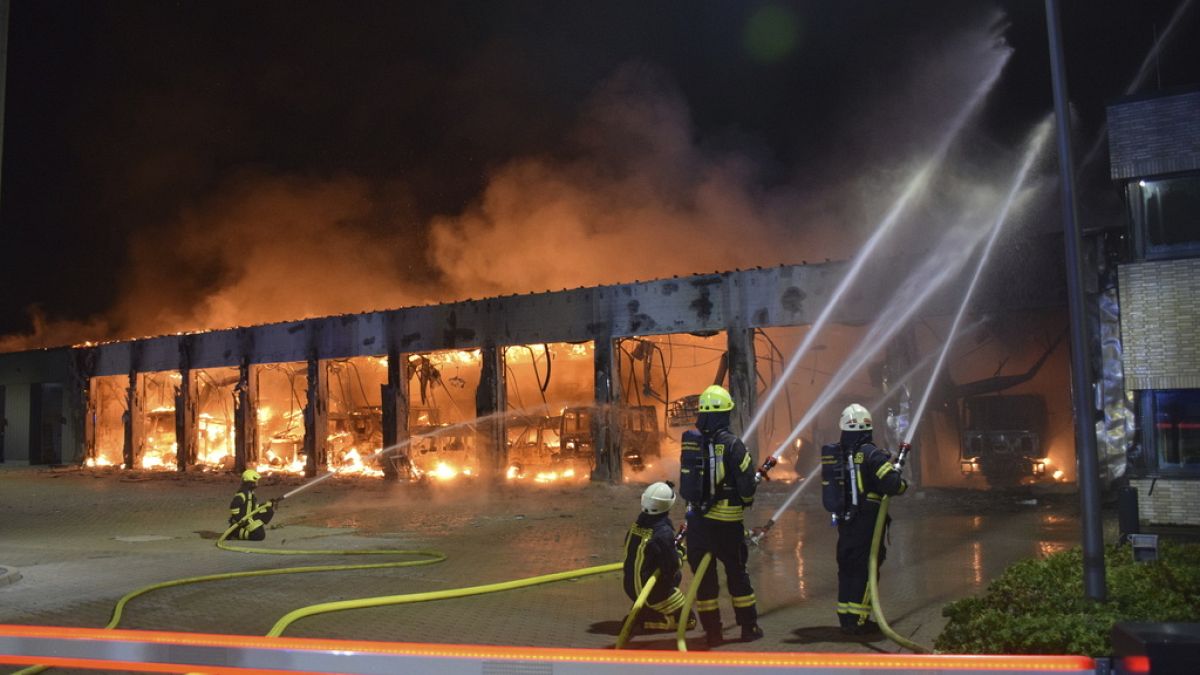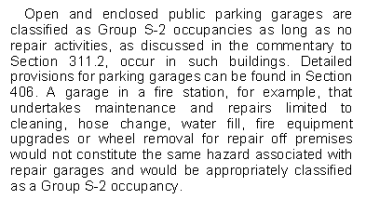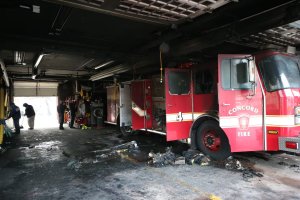Ctigerman1
REGISTERED
I have an Architect stating a Fire Department Garage, if over 5,000 sf, is not required to be sprinkled. He is stating it does not meet the intent of Commercial motor vehicles definition. Of course per the 2021 IBC section 903.2.9 Group S-1 item 4) A group s-1 fire area used for storage of commercial motor vehicles where the fire area exceeds 5,000 sf requires a sprinkler system.
The definition of Commercial Motor Vehicle sates: A motor vehicle used to transport passengers or property where the motor vehicle meets one of the following: 1. Has a gross vehicle weight rating of 10,000 lbs or more. 2. Is designed to transport 16 or more passengers, including the driver.
A Fire Truck is going to weigh more than 10,000 lbs.
The definition of Commercial Motor Vehicle sates: A motor vehicle used to transport passengers or property where the motor vehicle meets one of the following: 1. Has a gross vehicle weight rating of 10,000 lbs or more. 2. Is designed to transport 16 or more passengers, including the driver.
A Fire Truck is going to weigh more than 10,000 lbs.




